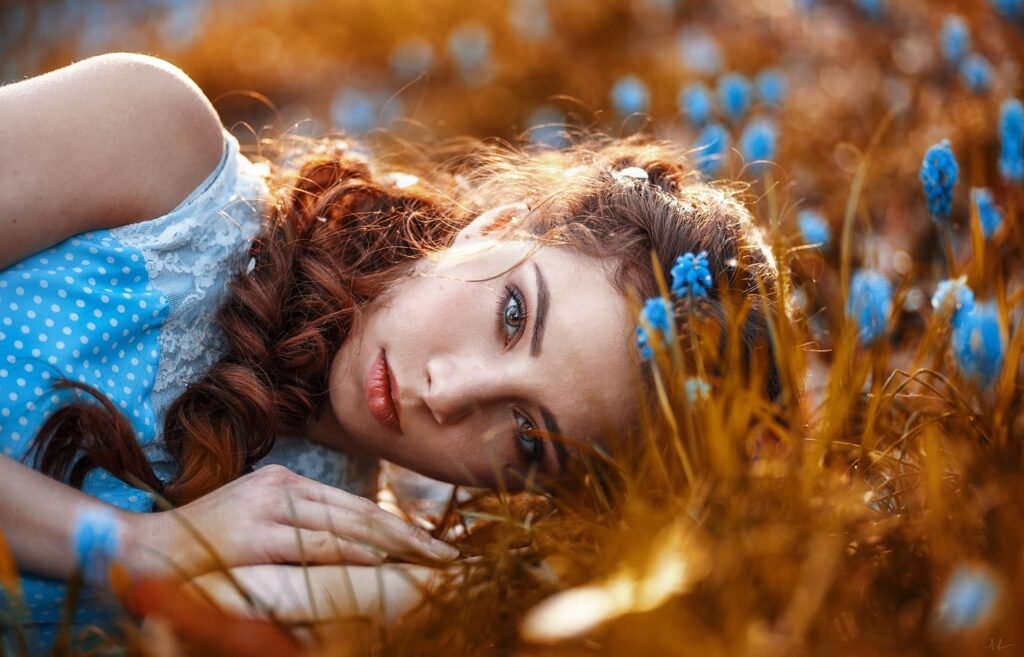Beauty, a concept as old as humanity itself, has always been subject to interpretation, evolution, and cultural influence. From ancient sculptures to modern fashion trends, the definition of beauty has continually shifted, shaped by a myriad of factors ranging from societal norms to individual perceptions.
Take, for instance, Emmy, a model whose striking features grace billboards and magazine covers worldwide. Despite embodying society’s current standards of beauty, Emmy wrestles with insecurities behind the scenes, navigating a world where her worth is measured by inches and angles.
In our world, where we see lots of images telling us what’s pretty and what’s not, it makes us wonder: Who really gets to say what’s beautiful?
Society’s Influence on Beauty Standards
Throughout history, societies have set the bar for beauty standards. These standards often reflect the prevailing cultural norms and values of a particular time and place.
For example, in ancient civilizations, fuller figures were often associated with wealth and fertility, while in more recent times, slender figures have been idealized, influenced by factors such as industrialization, urbanization, and changes in fashion trends.
The rise of social media and mass media has further amplified these standards, perpetuating images of an idealized beauty that can feel unattainable for many.
The Role of the Media
In today’s digital age, the media holds significant sway over our perceptions of beauty. From glossy magazine covers to carefully curated social media feeds, we are bombarded with images of flawless models and celebrities.
These images often undergo extensive editing and retouching, presenting an unrealistic and often unattainable standard of beauty. This can lead to feelings of inadequacy and low self-esteem among individuals who do not fit into these narrowly defined ideals.
Cultural Diversity and Beauty
While mainstream media often promotes a narrow definition of beauty, it’s crucial to acknowledge the rich diversity of beauty across different cultures and ethnicities. Beauty ideals vary widely around the world, influenced by factors such as geography, history, religion, and tradition.
For example, in some cultures, features such as darker skin, fuller figures, or distinctive facial characteristics are celebrated as markers of beauty, whereas in others, lighter skin, slimmer bodies, and more symmetrical features may be prized.
Embracing cultural diversity means recognizing and celebrating this wide range of beauty ideals and challenging the homogenized standards perpetuated by mainstream media.
The Power of Individual Perception
Amidst the cacophony of societal expectations and media influence, it’s easy to overlook the power of individual perception. Beauty, ultimately, is subjective – a reflection of personal preferences, experiences, and values. What one person finds beautiful, another may not, and that’s perfectly okay.
By embracing our unique perspectives and appreciating the diversity of beauty, we can challenge conventional norms and redefine what it means to be attractive on our own terms. This means acknowledging that beauty is not limited to physical appearance but encompasses qualities such as personality, character, and inner strength.
Empowering Authenticity and Self-Acceptance
In a world obsessed with external appearances, it’s essential to cultivate a sense of inner beauty – one that transcends physical attributes and embraces authenticity. True beauty emanates from confidence, kindness, and self-acceptance.
By prioritizing self-care, nurturing meaningful relationships, and practicing gratitude, we can foster a sense of inner radiance that shines far brighter than any superficial standard of beauty. This involves recognizing and appreciating our unique qualities, quirks, and imperfections, and learning to love ourselves for who we are.
Redefining Beauty Together
So, who gets to decide what’s beautiful? It’s a complex interplay of societal norms, media representations, cultural diversity, and individual perception. But perhaps the most empowering realization is that beauty is not something to be dictated or prescribed – it’s something to be celebrated, embraced, and redefined by each one of us.
By challenging narrow definitions of beauty and embracing our unique qualities, we can pave the way for a more inclusive and empowering vision of beauty for generations to come. After all, true beauty knows no bounds.

